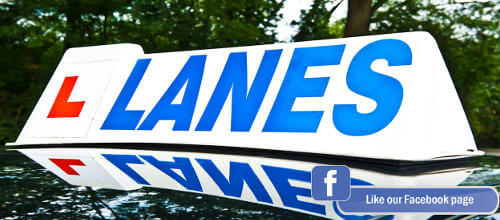
It’s a well-known fact that many people dread parking during their driving experiences. As well as the act of parking your car, however, there is often the added complication of knowing where you can and cannot leave your car. If you have found yourself needing a refresher on where you are able to park, you’ve come to the right place. Here is the guide you need able where you can park, and where you definitely can’t.
Tips for the best parking practices
When parking, there are a few things that you should make sure to do no matter where you are. This consists of:
- Ensuring your handbrake is on before leaving the vehicle
- Parking as close to the kerb as possible, leaving driving room for other road users
- Parking with the flow of the traffic, facing the same way as driving cars
- Don’t park across someone’s driveway – this could block them in and ruin their day!
- Pay attention to road signs – these will let you know when you can park in certain places
Pay attention to permit holder areas
There will be roads that are permit holder areas only, who will be the residents of the road. Ensure you pay attention to these – if you park there during certain roads, you could be at risk of receiving a parking fine. There will be road signs signalling which hours are unavailable to the public, which are the times you aren’t allowed to park there. Outside of these areas, feel free to leave your car there and move on with your errands.
Parking on pavements
Parking on pavements is only allowed in the circumstance that there is a road sign which signifies this to you. This may be on an extremely narrow road, but it usually isn’t common practice. It’s also important to note that you must never park on a dropped kerb. Dropped kerbs usually signify a driveway for a homeowner to enter and exit their home, or for pedestrians. Ensuring these spaces are free is crucial to the rest of the public.
Parking on road lines
Parking on road lines is often the part that trips some drivers up. There are so many parking lines on the roads that you may lose track of which ones mean what, but it’s important to keep this in your mind to avoid a fine!
-
Zig zags
You must never park on zig zags on the road, as they are signifying the lead up to a passenger crossing point.
-
Yellow lines
Yellow lines are always dictated by the signs that accompany them. If there are yellow lines on the road, there will be a sign that tells you of the hours during which you can’t park there. Keep an eye out!
-
Double yellow and red lines
It’s safe to assume that you can’t ever park on a double yellow line or a red line. There are sometimes circumstances during which you are able to park here, but they are rare, and to avoid a ticket it could be wiser just to steer clear of these.
We hope this little parking refresher has helped you out! Here at Lanes School of Driving, we ensure all our learner drivers are confident in driving on the roads, and this includes the process of parking. Whether you require a few single lessons to pass your test, or block lessons to start your driving journey, we can help you. Call our team on 020 8166 5678 or email us at .

